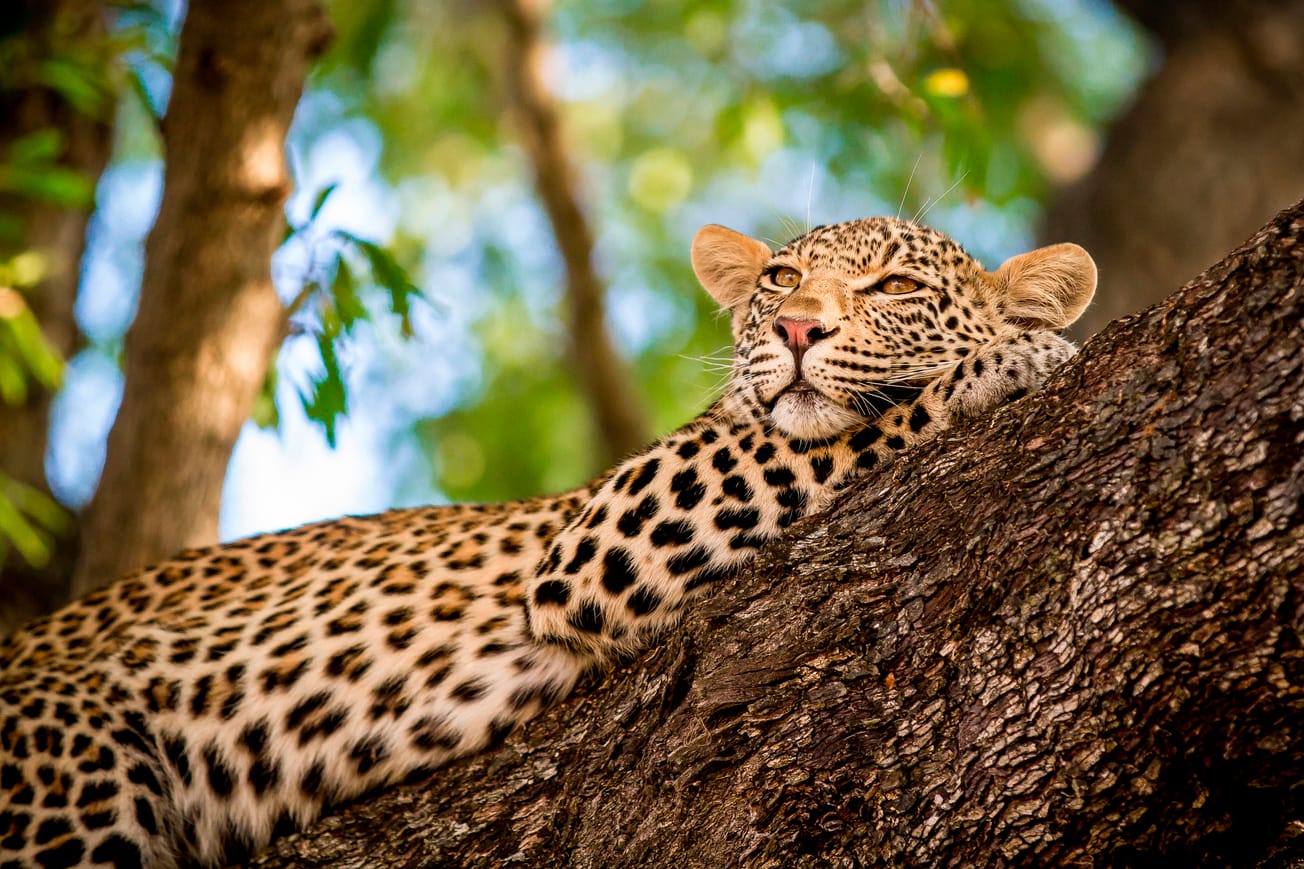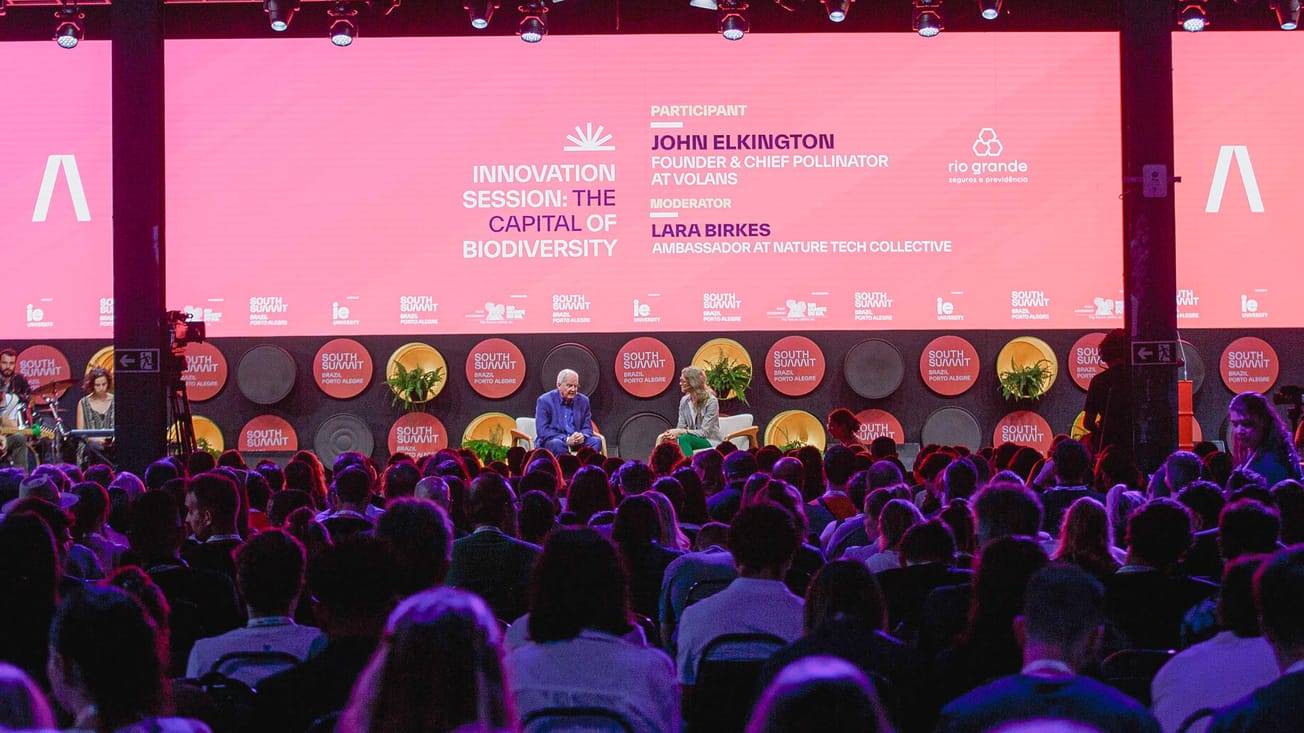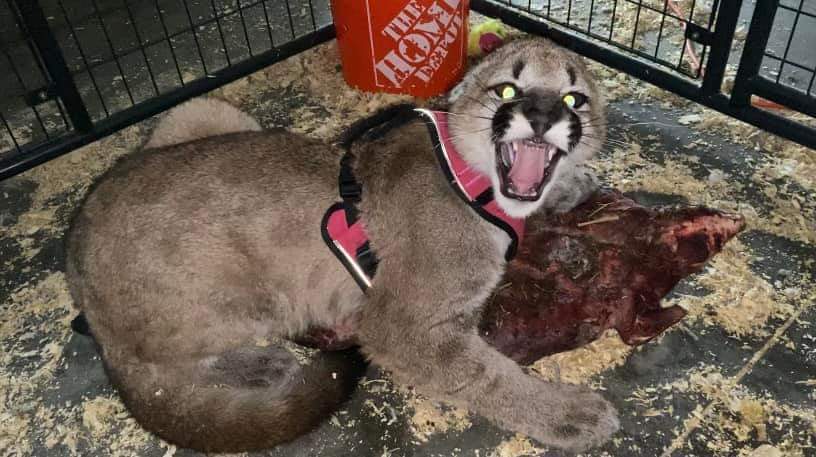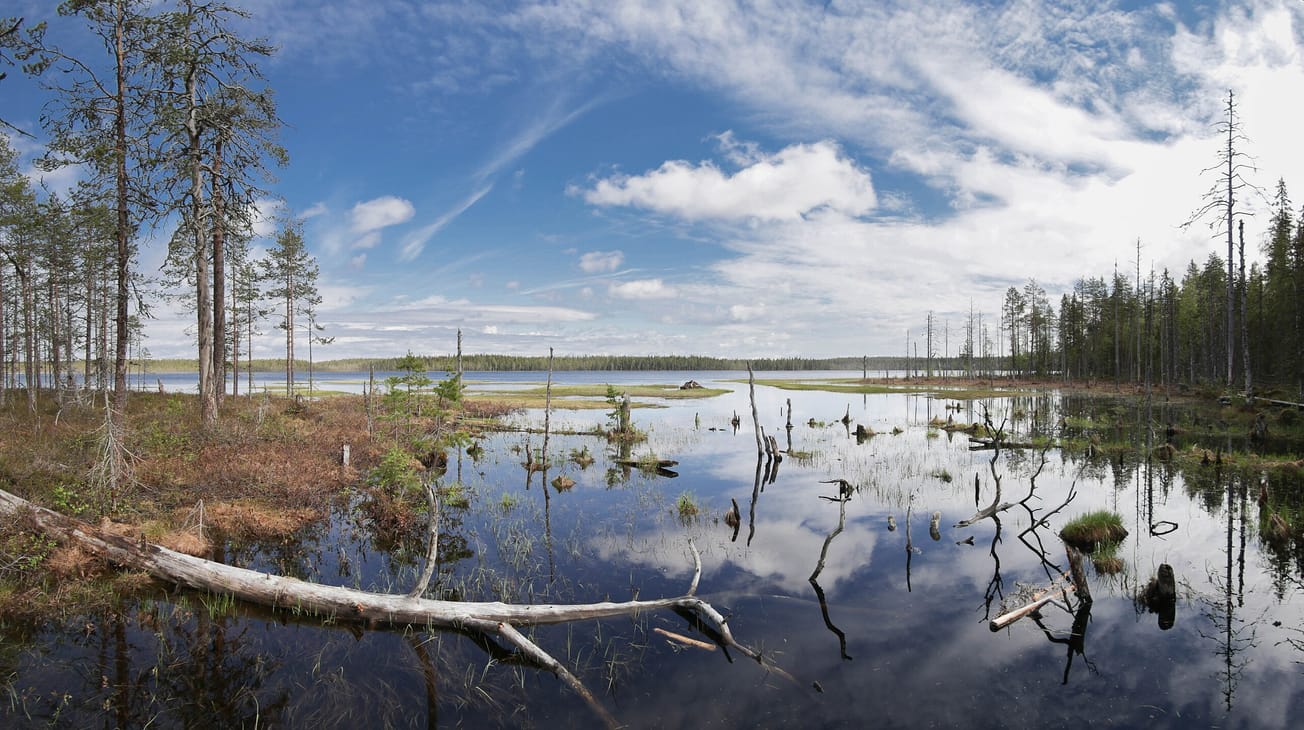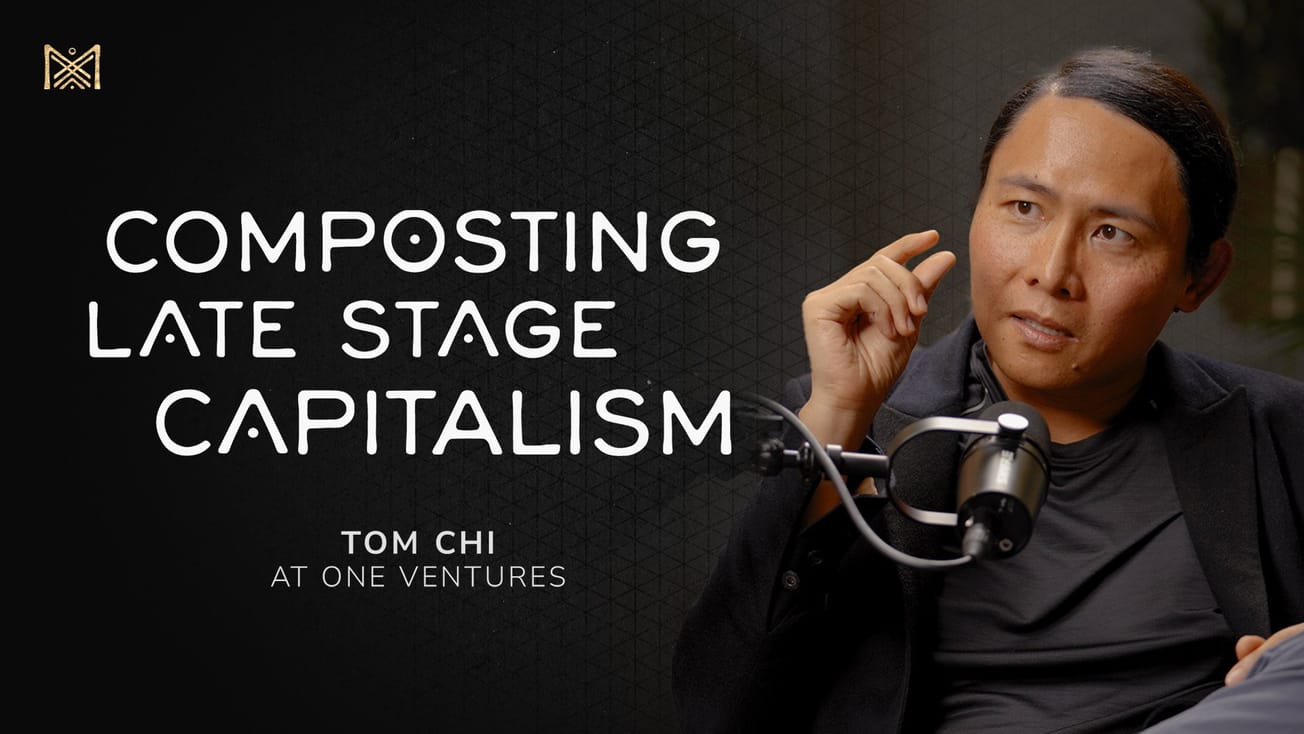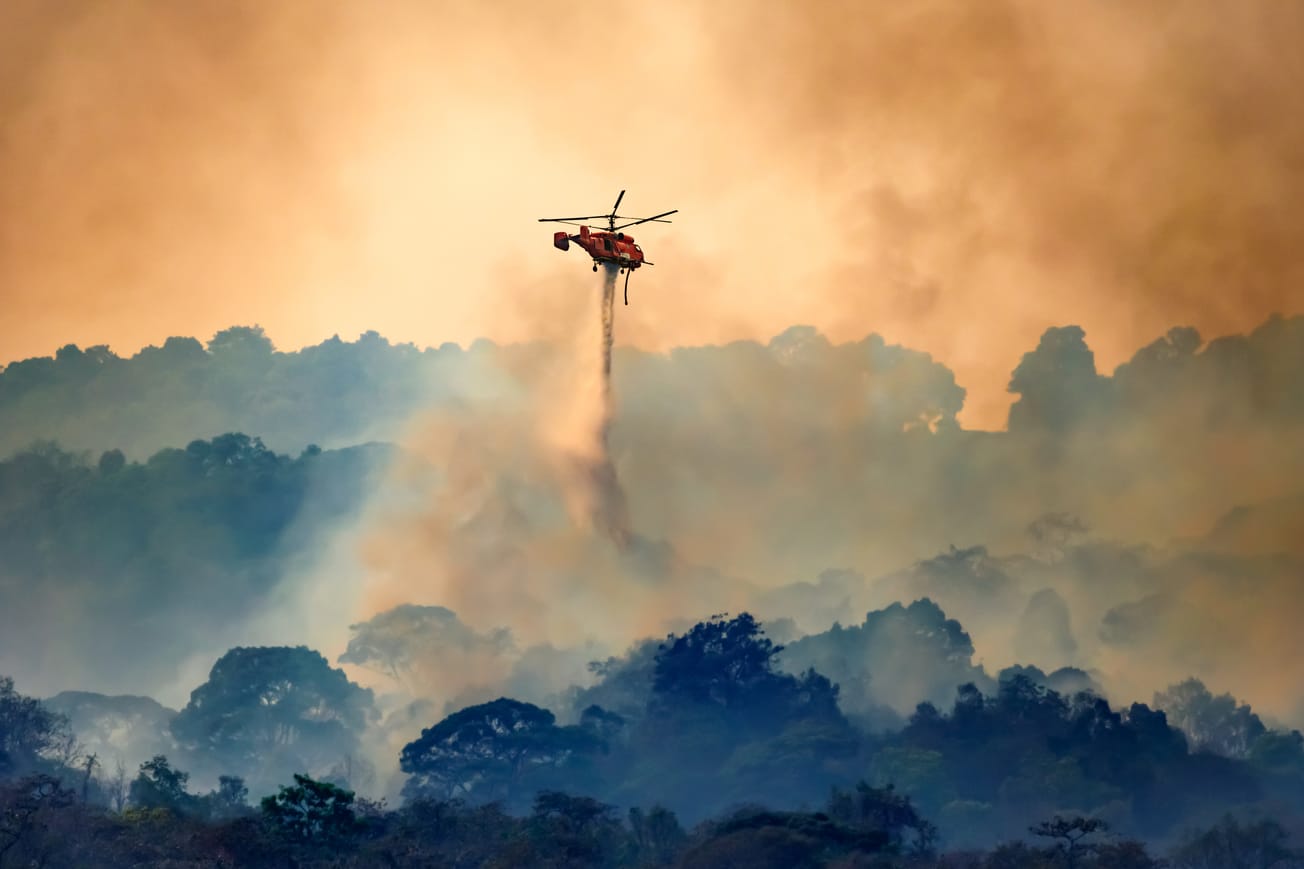It’s amazing how quickly the conversations I’ve been having around environmental credits has transitioned from about 100% carbon credits a year ago to about 50/50 carbon credits and biodiversity credits today. Just this week, I listened into a call for the International Advisory Panel on Biodiversity Credits and high up representatives from both the French and UK governments gave opening addresses highlighting how critical biodiversity credits are to the future of our planet. And with COP16 (the Biodiversity COP), coming in October this year, there has been a flurry of activity within the voluntary biodiversity market space across new standards, operators, financiers and buyers (see Simas’ Ecosystem Map of over 400 actors and growing).
But there’s one critical conversation at the heart of this movement that I haven’t heard discussed enough. Are we making a major mistake designing our system compensating for biodiversity outcomes around a one-off credit? And what precedent does this set for other ecosystem service outcomes?
I come from the carbon world. And by my estimates, about 75% of the folks that are now working on biodiversity markets do as well. So it’s very understandable that we are taking a similar approach to trying to channel finance into biodiversity as we did for carbon. But there’s one big hairy issue with this approach.
Carbon credits represent one tonne of carbon dioxide equivalent either removed from the atmosphere or avoided entering the atmosphere. That carbon credit unit only has value at a single point in time, the point of sequestration or the point of avoided emission. A single point in time. Does a biodiversity outcome only have value at a single point in time? Let me ask this question again to make sure it lands for folks.
Does a biodiversity outcome only have value at a single point in time?
No.
A biodiversity outcome and the benefits that humans receive from that outcome is the gift that keeps on giving. And we should be continually giving to make sure that outcome keeps providing it’s gift (ie paying for that outcome, every year, in perpetuity).
Coming back to first principles, if we want to ensure that biodiversity outcomes stay intact in perpetuity, or that we have intact ecosystems period in perpetuity, we need to be continually paying/funding those outcomes. The power of turning nature into an asset is that it can then be transacted, but let’s remember that we do not have a transactional relationship with nature. We are in relationship with nature.
And I’m not talking about the spiritual side of things (although we should be more), I’m talking about the fundamental reality of life on this planet that we are in a living, ever evolving relationship, with the live providing systems on this planet. Every day, the action that we takes materially affects those life provisioning systems and those life provisioning systems materially affects us.
So should we create biodiversity credits that pay for an outcome at a single point in time? If we want to ensure that there are sustained financial resources and economic incentives to protect and restore biodiversity in perpetuity, then shouldn’t we move towards a structure that is more relational in nature than transactional?
Maybe this is a biodiversity credit that is minted every year?
Maybe this is more of a subscription model where corporates/governments have to make a long-term commitment to protecting/regenerating a particular area of land and the biodiversity that calls it home?
Maybe this is a new natural asset company that incentivizes long-term investment in restoring ecosystem services linked to specific land areas.
I don’t know exactly what it should be, but I know what it shouldn’t - a one-off credit that doesn’t create a sustained source of payment/funding, that perpetuates transactional, short-term investments and thinking on biodiversity outcomes and that isn’t linked to a specific area of land.
At the end of the day, this whole biodiversity and nature positive movement is about land-use, how we are optimizing land-use for balancing productivity to sustain human life and ecosystem service provisioning to sustain human life. So let’s make sure we have a system that helps us reach that optimum not only for today, but for tomorrow, for next year, for the next decade and for the next seven generations.
This Op-Ed was originally published on the Nature X Climate Substack by Eric Wilburn, Founder of NatureBridge LLC.


